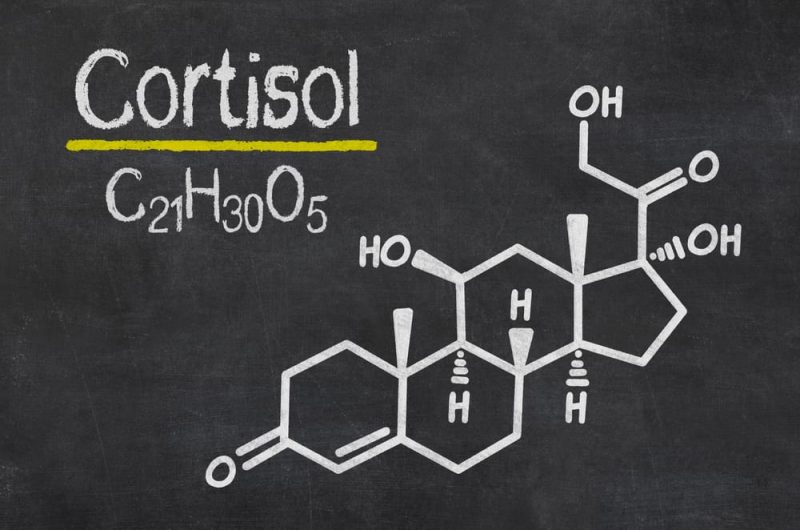The hormones They are substances manufactured by the endocrine glands, which when released into the bloodstream produce the activation of some mechanisms, and in this way they put some organs of the body into operation.
In this way, in animals hormones are a kind of messengers that coordinate the functions of various parts of the body, reaching all the extremities of it through the bloodstream, and achieving changes such as the acceleration of metabolism and heart rate, milk production or the development of sexual organs.
All multicellular organisms produce hormones: these appear in both animals and plants. However, as in the first case, the body has many more functions, the types of hormones are much more diversified, while in the second they are limited to a fairly short group.
Animal hormones
The animal hormones are the substances that are effectively transported through the bloodstream, and have their effect on certain organs or tissues, on the same cell that they synthesize or on contiguous cells, intervening in the process known as cellular communication.
Hormones can be natural O well synthetic, and they are usually applied intentionally in the case of some health problems. The medical specialty that is responsible for the study of hormone diseases is endocrinology, and the most common ailments are diabetes, hypothyroidism or hyperthyroidism.
Functions of animal hormones
Within the functions What hormones play are energy use and storage; growth, development and reproduction; maintaining blood levels of fluids, salt, and sugar; the formation of bone and muscle mass; and finally the modulation of the reactions of the sensory and motor systems in front of diverse stimuli.
In animals, hormones are secreted by ductless endocrine glands directly into the bloodstream.
Examples of animal hormones

| Insulin | Somatotrophin | Thyroxine |
| Gulcagon | Gonadotropin | Estrogen |
| Parathyroid hormone | Adrenalin | Androgens |
| Calcitonin | Follicle Stimulating Hormone | Progesterone |
| Progesterone | Luteinizing hormone | Testosterone |
| Aldosterone | Angiotensin | Estradiol |
| Antidiuretic hormone | Adrenaline (epinephrine) | Bradykinin |
| Prolactin | Cortisol | Somatropin |
| Glucocorticoids | Erythropoietin | Triodothyronine |
| Oxytocin | Melatonin | Androsteneodione |
Vegetable hormones
In the case of vegetables, hormones are named after phytohormones, and they predominantly regulate the physiological phenomena of plants. They are produced in small quantities in plant tissues, since this class of living beings does not have glands.
The glasses are the ones that allow the transport in the case of the plant hormones, which also establish antagonism and hormonal balance phenomena, which lead to a precise regulation of plant functions: in this way the absence of the nervous system is solved.
Functions of plant hormones
Plant hormones are synthesized by the plantThey are found in very low concentrations inside the tissues, and can act in the place of their synthesis or in others. Plants at the level of their tissues also produce substances that decrease or inhibit growth, and sometimes the same factor produces opposite effects depending on the tissue where its response takes place.
Plant hormones control a large number of events: the growth of the plant, the fall of the leaves, the flowering, the formation of the fruit and the germination.
Examples of plant hormones
They are divided into five, and are listed below with their main function:
- Auxins. The ripening of the fruits, the vertical growth of the plant and the flowering depend on hormones of this type.
- Cytokinins. They accelerate cell division or mitosis, causing the plant to grow together with auxins.
- Gibberellins. They cause the growth of the stem and the leaves, and the germination of the seed.
- Ethylene. Hormones that cause the ripening of the fruits, the aging of the plant and the fall of the leaves, flowers and fruits.
- Abcisic acids. Hormone with inhibitory effects, as it inhibits stem growth.
